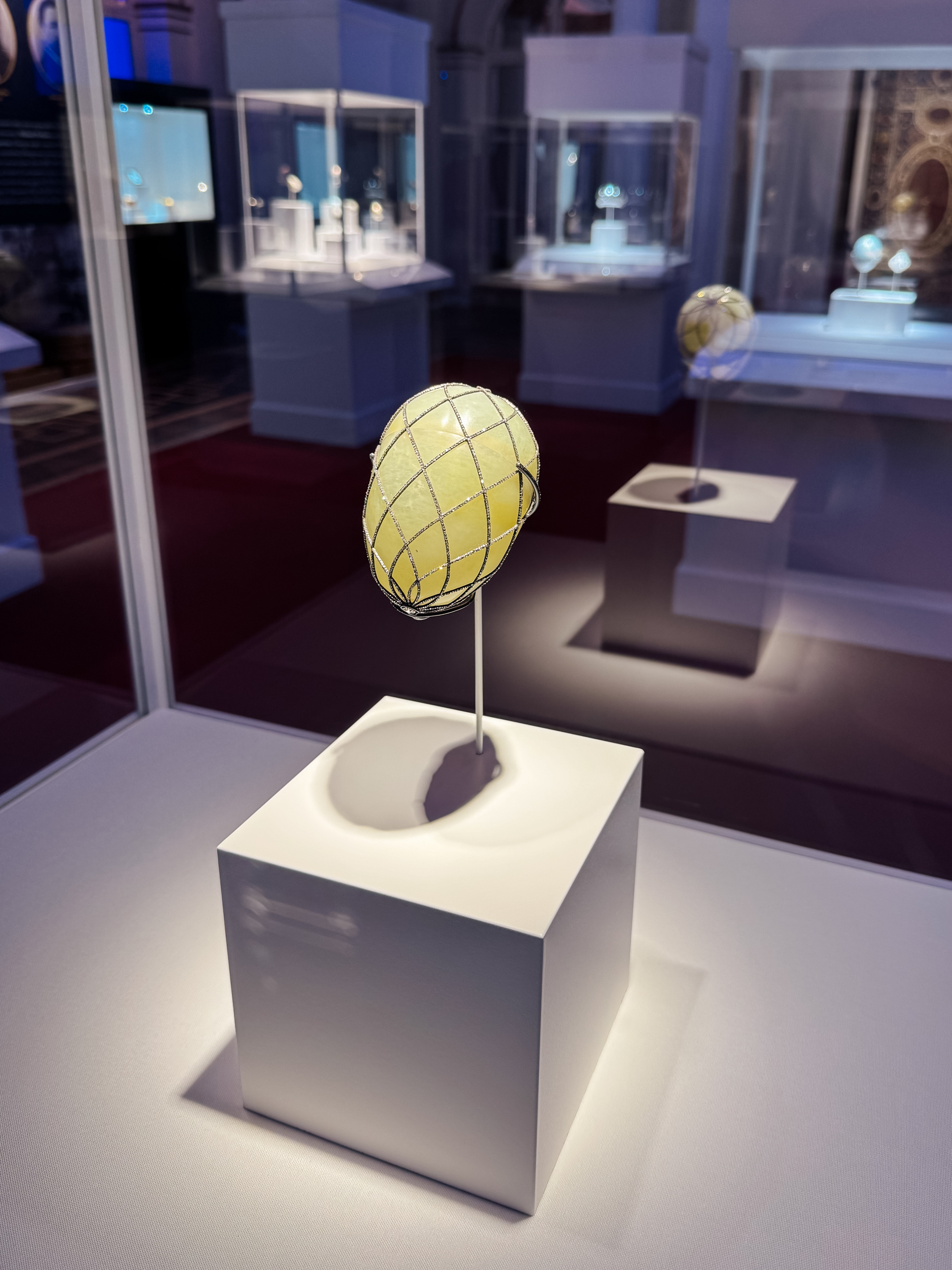It has rained a lot here today.

It has rained a lot here today.

She’s his (littlest) biggest fan. 🖤💜

B found a (live) crawfish in the garden yesterday.

One of the best things to do on a Spring Saturday… We went to one of our favorite local “plant places” today, and the kids picked out some flowers for their garden.

Thought my coffee looked pretty from above. I prefer purchasing beans that I know were roasted pretty recently, but sometimes I don’t order in time and it’s tragic to run out. 🤪 So, I’m currently using (and like) Kicking Horse Coffee Three Sisters and Decaf mixed together for a homemade half caff.
 A strong regular coffee latte made with maple syrup, half n half, and topped with a lot of Ceylon cinnamon
A strong regular coffee latte made with maple syrup, half n half, and topped with a lot of Ceylon cinnamon
3 years ago today: My girl hunting for Easter eggs in the clover at home 💛🩵🩷💜💚

We got school done early so we could have a “LEGO party.” Kids have their own new sets they’re working on, and I’m doing this set I recently got for my birthday.

(Happily) Flew through some school this morning. Then, we might have got the order of things wrong, but so be it… Chiro then trampoline park for the kiddos. Welcome time with sweet friends (both theirs and mine).

From our trip last week
March 27, 2025: Houston Museum of Natural Science
Such a good museum. My two favorite exhibits this time were Fabergé (first two photos) and Gems and Minerals. Ancient Egypt is pretty cool too. (Third photo is from the Hall of Paleontology 🦖.)



March 26th, 2025: Houston Zoo!
Ro’s favorite animal was the meerkats. And I didn’t get a picture of her with those even though she sat looking at them for a while… And asked to see them one more time before we left. But allll the other animals were close seconds. And we had a great time!!


